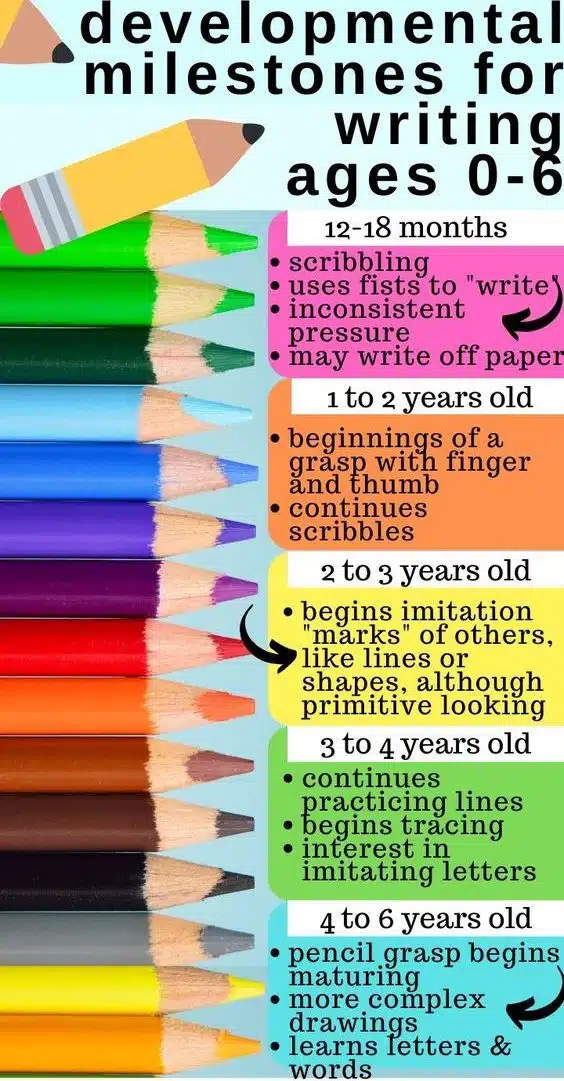Costello syndrome is a rare condition that affects a child’s development. It’s caused by a change in their genes before birth, impacting their heart, muscles, bones, skin, and brain. Kids with Costello syndrome may have loose skin, flexible joints, heart issues, and distinct facial features.













